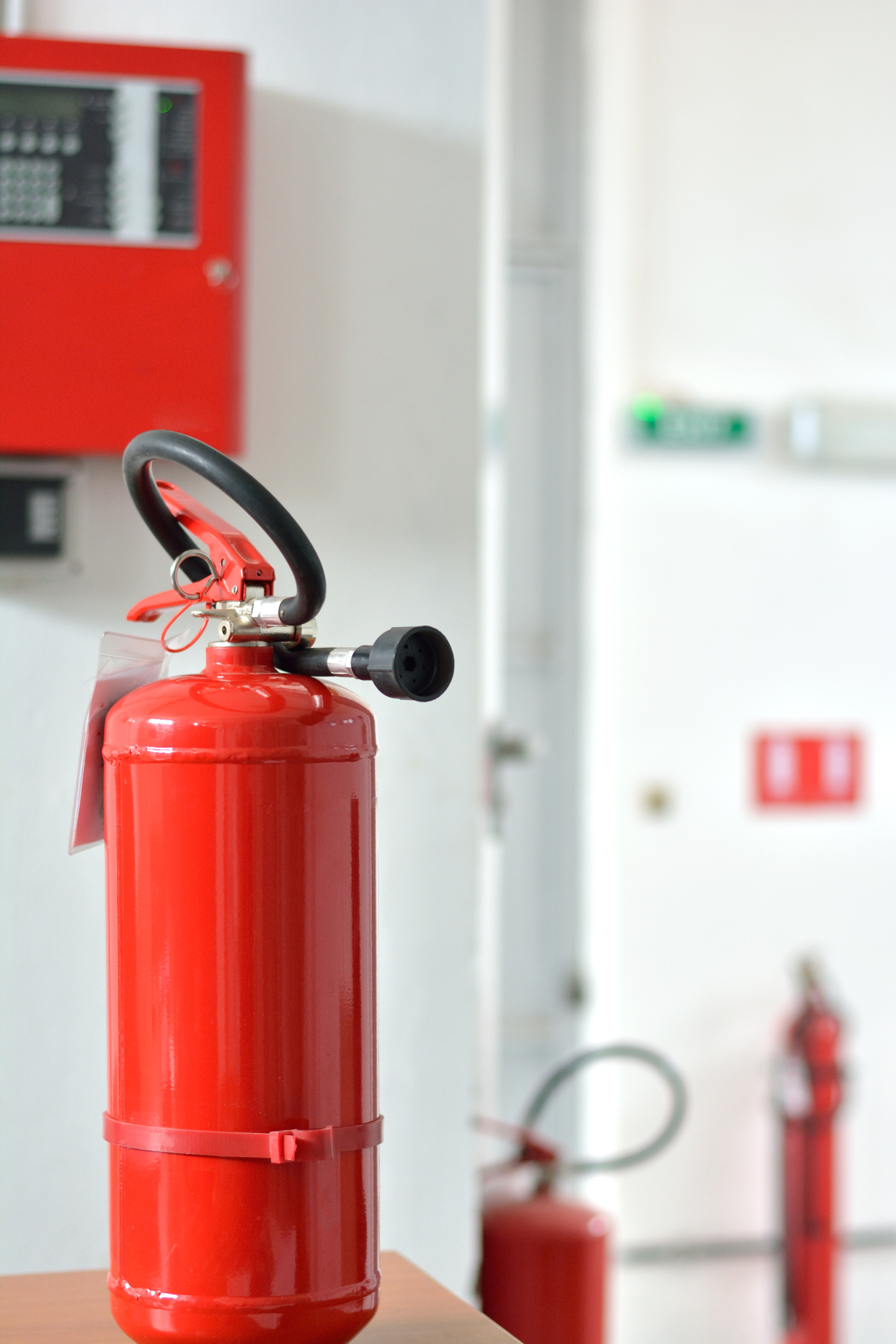Not all Fires are the Same
/Different fuels create different fires and require different types of fire extinguishing agents. It’s important to know what risks exist in the workplace and to have the right suppression tool at the right location. Equally important is the warning on the extinguisher that alerts the user when the extinguishing agent would be dangerous.
Have the Right Tool for the Job
It is important to use the correct extinguisher for the type of fuel! Using the incorrect agent can allow the fire to re-ignite after apparently being extinguished successfully.
Fire Classifications
- Class A: fires in ordinary combustibles such as wood, paper, cloth, trash, and plastics.
- Class B: fires in flammable liquids such as gasoline, petroleum oil and paint. Class B fires also includeflammable gases such as propane and butane. Class B fires do not include fires involving cooking oils and grease.
- Class C: fires involving energized electrical equipment such as motors, transformers, and appliances.
- Class D: fires in combustible metals such as potassium, sodium, aluminum, and magnesium.
- Class K: fires in cooking oils and greases such as animal fats and vegetable fats.


